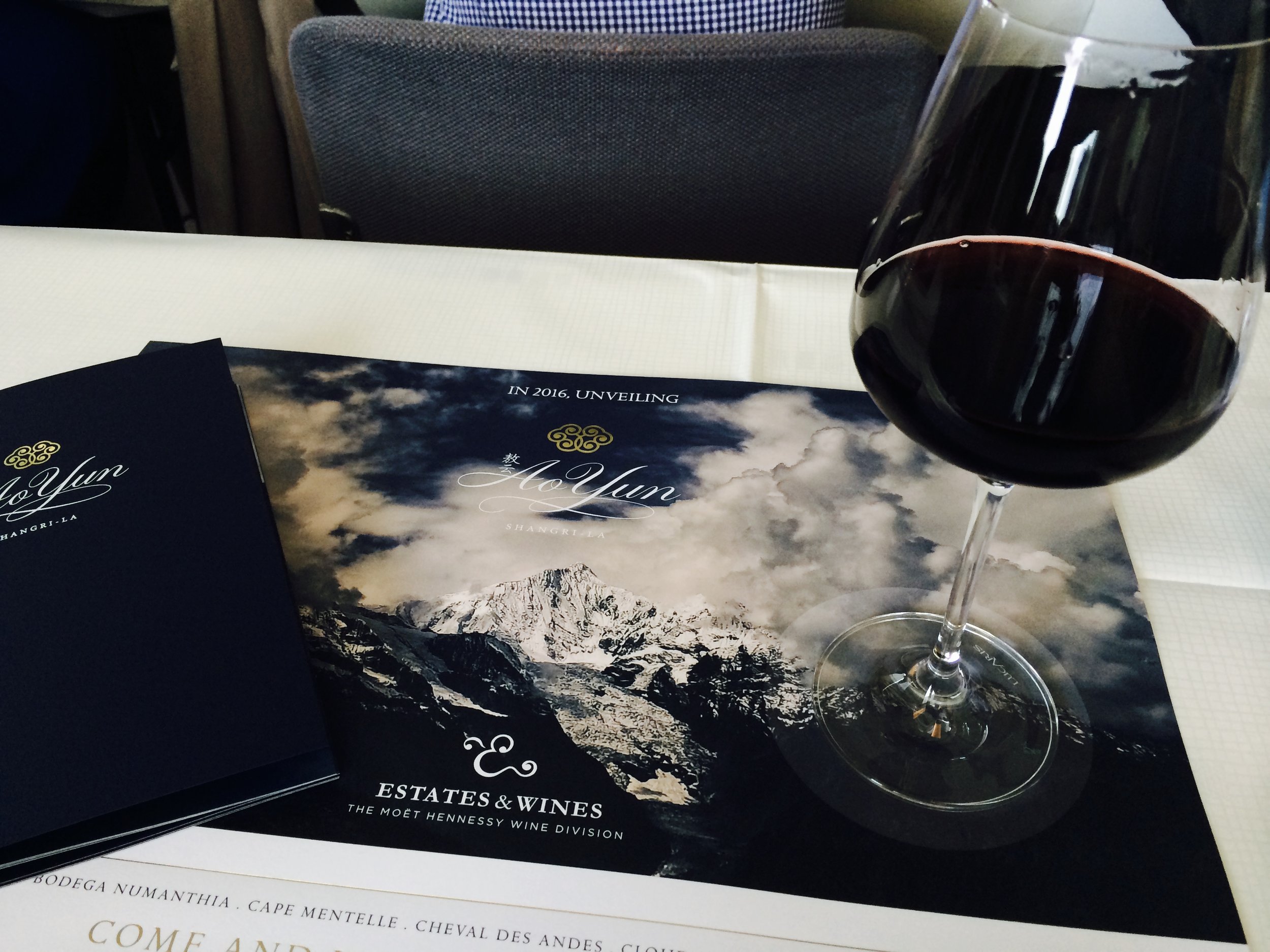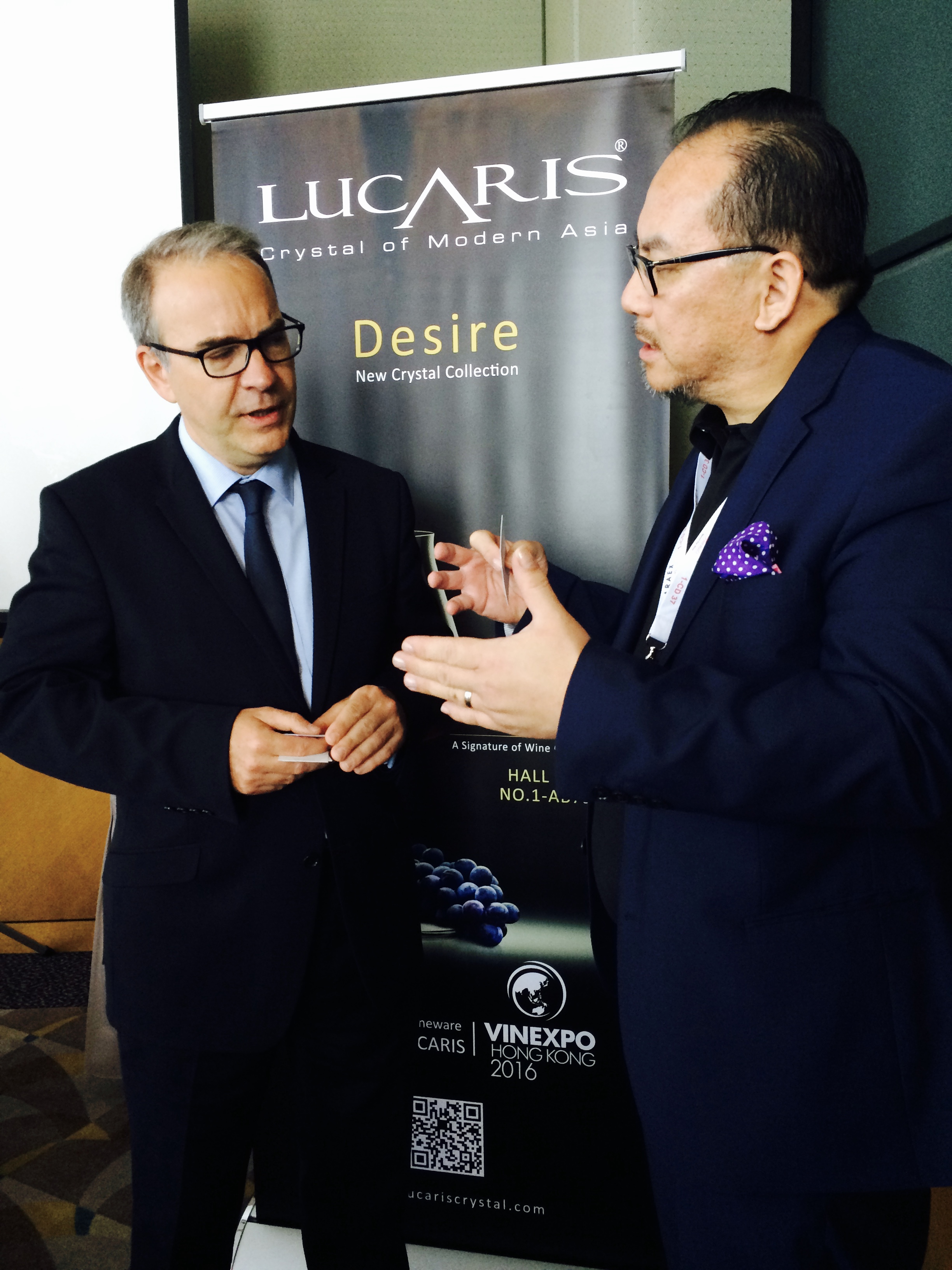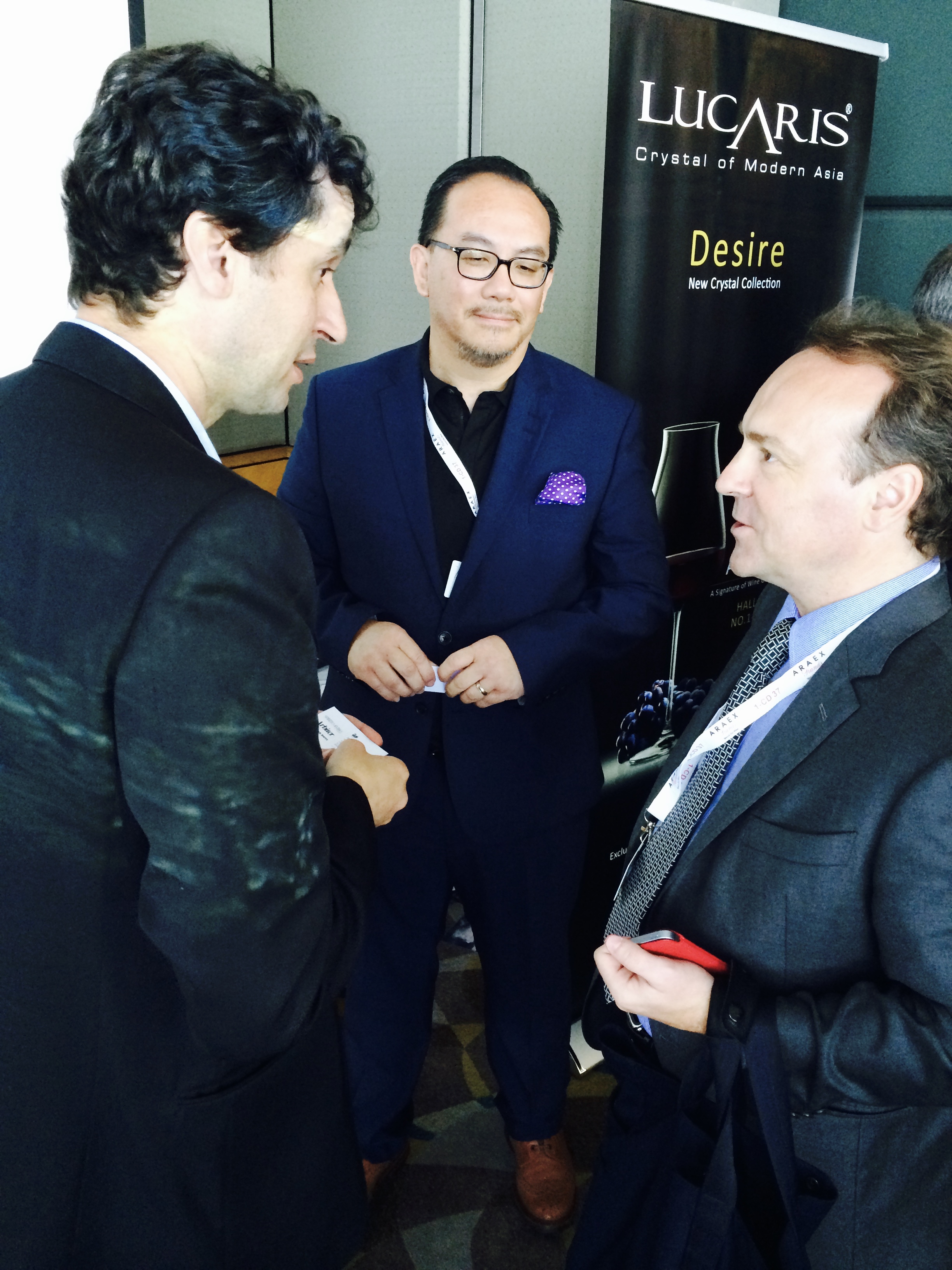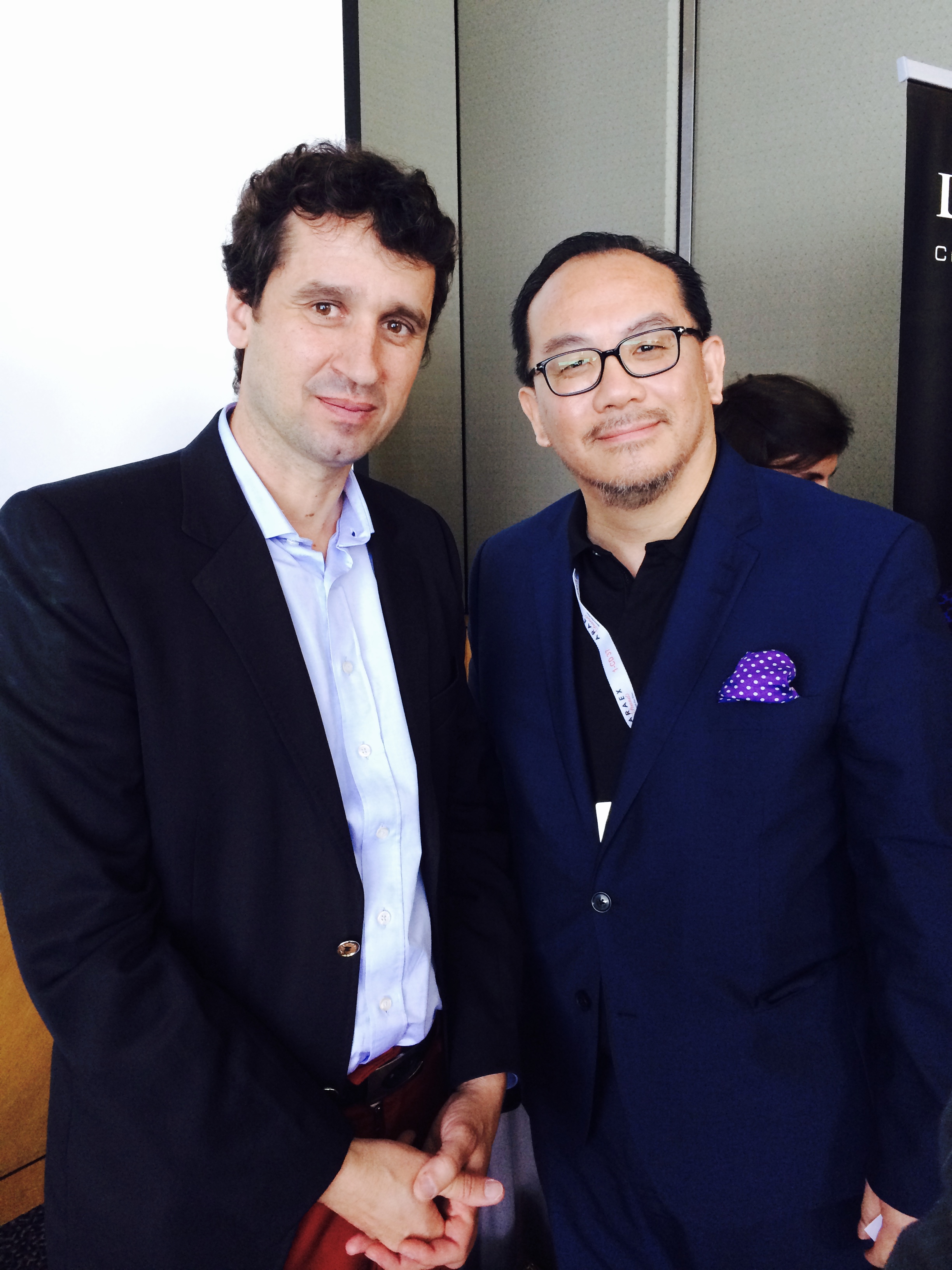Will Ao Yun be China's First, First Growth?
/At 2016 Vin Expo Hong Kong, I was invited to Moët Hennessy’s Wine Division, Asian launch of 2013 Ao Yun “ flying above the clouds” cabernet blend, their ambitious plan to produce one of the finest red wines to be made in China. Their Shangri-La winery and vineyard situated in the northern corner of Yunnan, 10 kilometres from the border of the autonomous region of Tibet, 35 km from the border of Burma on the side of Mekong Valley at a high altitude, within sight of the Himalayan Mountains in an extremely dry part of China. Travel a couple of hundred kilometres from the vineyards in Yunnan and the landscape becomes sub tropical making growing Vitis vinifera impossible.
The project began when a team from Moët Hennessy wine division led by Australian Dr Tony Jordan, went around China for three years to see where Cabernet Sauvignon would best thrive, with exposition of sunshine, annual rainfall, measuring difference of temperature day and night.
Grapes for Ao Yun, come from over 300 small blocks of Cabernet Sauvignon and Cabernet Franc vines, planted in 2000/2002 on 28 ha of vineyards. Vineyard operations are conducted using manual labor, from four vineyard sites that grow at attitudes of between 2,220m to 2,600m, making it impossible for any form of mechanisation. Growing period of the grapes is 160 days from time of flowering to picking, compared to Bordeaux’s 115 /130 growing days, composition of the soil is similar to the alluvial soil found in the Mayacamas Mountains in Napa. Local farmers from four villages, who have no wine drinking background are taught to maintain the 314 small plots of Cabernet Sauvignon and Cabernet Franc vines, with Moët Hennessy wine making team headed by Estate Manager Maxence Dulou, convincing the villagers that wine making necessitates the need to drop fruit, that quality and quantity are two different things when making fine wine. Communication with villagers is conducted in Tibetan using a number of different translators to communicate back and forth from Tibetan, to Mandarin, then English and vice versa in how vines are maintained.
Will Ao Yun will be mentioned in the same breath as top growth Bordeaux in say 20−40 years time? Jean-Guillaume Prats CEO of Moët Hennessy Estates & Wine, put it, in the context of Penfolds Grange, he mentioned no one would have predicted that when Grange was first created in the early 1950’s, that it would one day have such a following with wine drinkers and collectors across the globe, he said only time will decide where Ao Yun will sit in the hearts and minds of the world’s wine drinkers. Cost of Ao Yun, is more expensive to produce than LVMH owned Clos de Lambray Burgundy or Château d’Yquem Sauterne due to the logistics and location of these chinese vineyards.
Ao Yun is dark, powerful, in concentration, it’s a wine difficult to give it an origin or terroir, yet from the beginning it’s silkiness, carries thru on the palate, with its excellent tannin structure and balanced acidity, much like a very good Napa Cabernet or a Tempranillo from Ribero del Duero. It would be interesting to see how the wine evolves in the glass over a meal.
Ao Yun is one of the finest Chinese red wines I’ve tasted. In time Ao Yun may become China’s contender, as its first, First Growth Chinese wine. It’s a wine that would earn a place in any wine drinkers cellar. Ao Yun may be a wine made in China, yet its DNA is very much global in outlook. At $250 USD a bottle and production of just 24,000 bottles, it indeed looks like the Lost Horizon to find the perfect region to make fine wine in China may have been found by Moët Hennessy Wine Division, Shangri-La winery in the foothills of the Himalayas. Time will tell!
Author: Alain H Lee, Founder - Maison Alainh Fine Wine Consultancy






